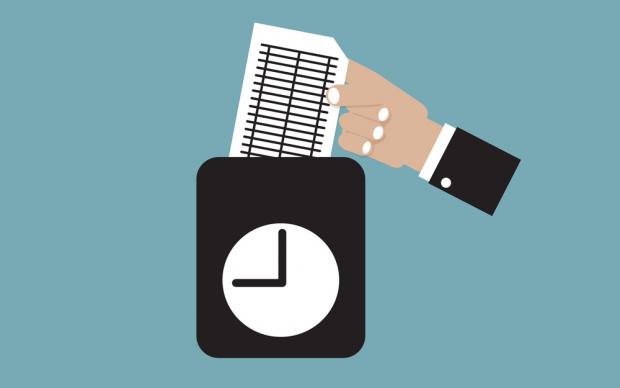On the Market: The Fight for Full-Time
Andrew Cuomo made New York the first state to raise its minimum wage to $15 per hour. The plan is to gradually raise the pay of the state’s work force by the end of 2018. According to CNN Money, “an estimated 135,000 to 200,000 fast food workers and cashiers” will be affected by this legislation. But was the minimum wage issue the entire problem or just a symptom of an overarching question dealing with employment in high-turnover industries?
More than 75 million workers in the United States have an hourly paid job. Most of these employees work in retail, fast food, and hospitality, which account for some of the highest employment turnover rates: “Average turnover can range from more than 50% for line-level hotel and motel employees, to 104% for specialty stores, to more than 200% annually in fast-food chains.” The high turnover rates for these industries are often caused by the same reasons: It could be from minimal training, few incentives, poor leadership, mundane tasks, or not enough hours. One of the more compelling reasons listed is the complaint of an employee not receiving enough hours. One could dismiss the other points by stating minimum wage jobs are hardly glamorous, but it’s difficult to fault someone for wanting to work more hours in order to earn a higher paycheck.
The problem is that most establishments require employees to work a certain amount of time at a certain level before they offer their workers full-time hours or a salaried position; and since the turnover rate for these jobs is so high, many employees do not remain at an establishment long enough to receive full-time hours. So even with an increase to $15 per hour in New York State, a minimum-wage worker will not earn much more than $20,000 per year.
So again, the question is how much does wage increase help compared to hours worked. Over a year ago CNN reported a story on a woman named Naquasia LeGrand. LeGrand earned $6,000 per year working at KFC in New York City. At the time the minimum wage in New York State was $8.75, which means if LeGrand had been granted full-time employment, she would have earned just shy of $20,000. Though some may argue that is too high or low an income for a fast food worker, it is still around the same as what an employee working part-time at $15 per hour will earn.
Should these industries continue hiring large numbers of hourly employees and adding them to a scheduled rotation that could give them as few as 10 hours per week, like LeGrand? One of the problems with a rotation pool of hourly employees is that these workers do not have fixed schedules; therefore, if they are working too few hours and need to find another job, it is difficult to let a potential employer know their availability because it is inconsistent.
If the high turnover employment rates and hourly worker process continues, then the minimum wage hike in New York was necessary. But perhaps a fight for more full-time should be investigated. How could it be controversial to support a person fighting to work more hours in order to earn a larger paycheck and the insurance benefits their colleagues enjoy?
The information has been obtained from sources considered to be reliable, but we do not guarantee that the foregoing material is accurate or complete. Any opinions are those of Goldfarb Financial and not necessarily those of RJFS or Raymond James. This material is being provided for information purposes only and is not a complete description.

